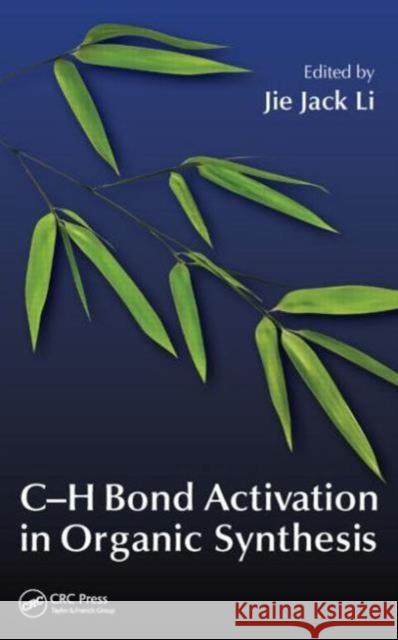C-H Bond Activation in Organic Synthesis » książka
C-H Bond Activation in Organic Synthesis
ISBN-13: 9781482233100 / Angielski / Twarda / 2015 / 327 str.
C-H Bond Activation in Organic Synthesis
ISBN-13: 9781482233100 / Angielski / Twarda / 2015 / 327 str.
(netto: 811,30 VAT: 5%)
Najniższa cena z 30 dni: 805,98
ok. 22 dni roboczych
Bez gwarancji dostawy przed świętami
Darmowa dostawa!
Greener than conventional methods, C H activation methods have flourished during the last decade and become especially attractive to organic chemists. Edited by a practioner in this rapidly developing field, C H Bond Activation in Organic Synthesis provides an overview of this exciting playground of chemistry. The book summarizes the state of the art in C H activation for functionalization, enabling you to carry out reactions in the most environmentally friendly fashion with the least contamination of by-products. The most popular C H activation reactions are catalyzed by transition metals. This book dedicates a chapter to each of the following catalysts: palladium, rhodium, nickel, iron, copper, and cobalt. In addition, it covers radical-mediated C H activation, fluorination via C H activation, and C H activation of heterocycles. Using a pedagogically practical approach, each chapter is divided by the transition metal catalyst, not a specific transformation. This gives you an up-to-date review of the most important topics of C H activation. The area of C H activation has experienced a flurry of activity over the past two decades, so the time is right for a resource that summarizes these powerful tools with which you can design and construct heteroaromatic molecules. Thus, direct C H functionalization methods are expected to continue to greatly contribute to the mission of green chemistry: low-energy, waste-free, and atom-economic transformations for the synthesis of organic materials and biologically active molecules in the twenty-first century. Using this book, you can carry out environmentally friendly reactions that enable the conversion of cheap and abundant alkanes into valuable functionalized organic compounds. "











